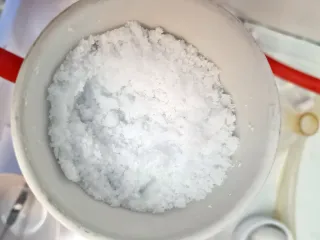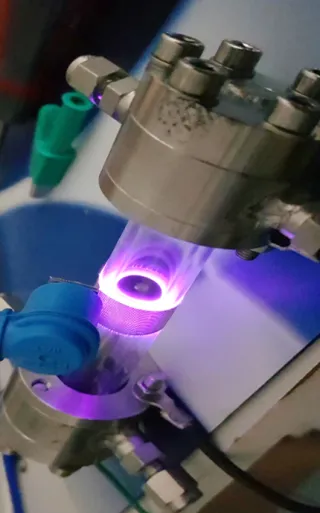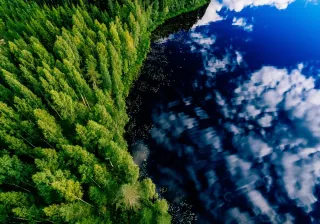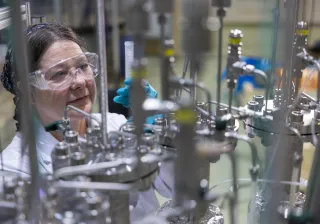There is too much carbon dioxide in the atmosphere, even with optimal reduction of emissions and thriving natural carbon sinks such as forests and wetlands. So, we have to capture carbon from the air. Some methods are already available, but there is room for improvement in their sustainability. VTT researchers took up the challenge in the VTT iBEX innovation programme. The project has developed promising new materials for DAC processes.
By favouring sources of renewable energy, we can mitigate climate change, but not rapidly. The atmosphere will still be warming for a good while before we can get the carbon dioxide emissions of global energy production, industry and transport under control.
“If we want to keep global warming below 1.5 degrees Celsius, we have to also be able to remove CO2 from the atmosphere. One good way to do this is by afforestation or reforestation. But that takes up a lot of surface area, and it will take 20 years before a planted forest starts to remove a significant amount of carbon dioxide. This is why we also need technology to capture CO2 directly from the air anywhere. We’ll have to use every trick in the book”, says VTT’s Research Scientist Jere Elfving.
It is already possible to separate carbon dioxide from the flue gases of power plants and factories, which, according to Elfving, can easily consist of more than 10% of carbon dioxide. In the atmosphere, carbon dioxide only makes up about 400 parts per million, which makes it considerably more difficult to separate. The direct air capture (DAC) method was developed for this purpose.
“Some DAC plants are already up and running, which is great, but that doesn’t mean that the technology is ready for large-scale use. There is still much room for development in the materials and processes that capture carbon dioxide”, Elfving points out.
Carbon dioxide captured and put to use instantly
Elfving and his colleagues aimed to solve some of the challenges related to DAC in a year-long project that was made possible by the VTT iBEX innovation programme.
“Some of the bottlenecks of DAC are that the materials that adsorb carbon dioxide, i.e., fix it to their surface, are still very limited in how much carbon dioxide they can capture, and how many times they can be used. Another problem is energy consumption.”
The VTT team decided to improve energy efficiency by combining the capture and utilisation of carbon into a single process in one reactor. The recovered carbon dioxide can then be used as a raw material with green hydrogen, i.e., hydrogen produced from renewable energy.
“People at VTT have been working for years now to research and develop carbon capture and the use of carbon dioxide and green hydrogen for manufacturing fuels, plastics and proteins. Therefore, it was easy for us to find team members who are experts in the utilisation of CO2.”
Amine-based materials for capturing carbon dioxide directly from the air were developed in VTT’s DACU project.

Material development paves the way for successful DAC
The team had the goal of developing one material that would perform two tasks. It would adsorb carbon dioxide from the air and enable the hydrocarbon conversion.
“We wanted to use plasma technology to start the conversion, but we found that plasma destroys just the kind of materials that are well suited for adsorption. So, we finally focused on developing the adsorption properties of the material. We have produced various materials during the project, some of which are very promising. In any case, combining the processes is still an interesting research topic.”
Elfving highlights that the development of materials can also improve the energy efficiency of the DAC process alone.
One objective is more selective adsorption, as current materials capture considerably more water than carbon dioxide from the air. This leads to wasted energy when the carbon dioxide and water are removed from the material by heating.
“Now it’s important to focus on the thorough development and testing of materials and processes in order to make DAC plants environmentally and economically sustainable in the coming years”, Elfving emphasises. He says that, with a solid foundation, it will be ultimately easy to make larger plants by combining DAC devices that are small enough to fit in a freight container.
A close-up of the plasma reactor. The project investigated the use of plasma to convert hydrogen and captured carbon dioxide into hydrocarbons.






